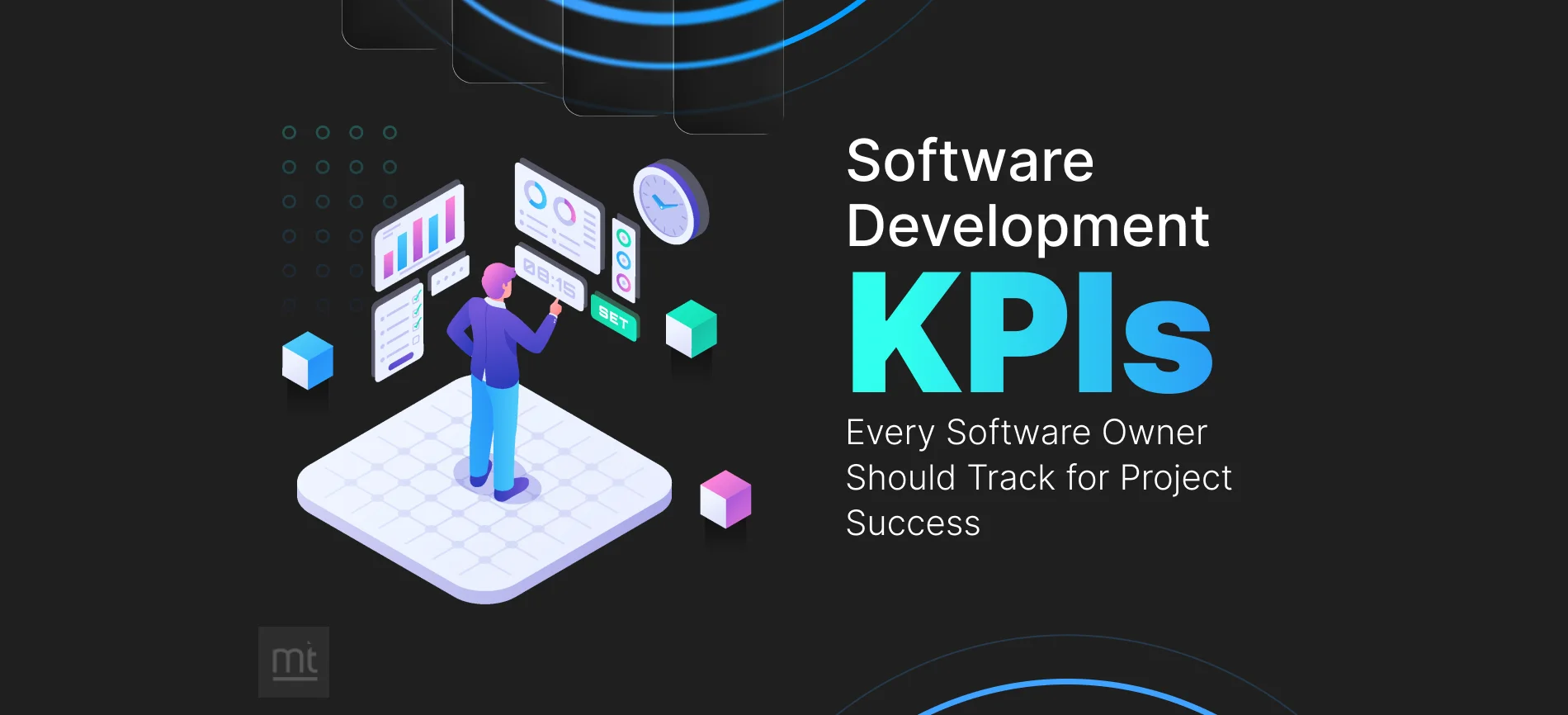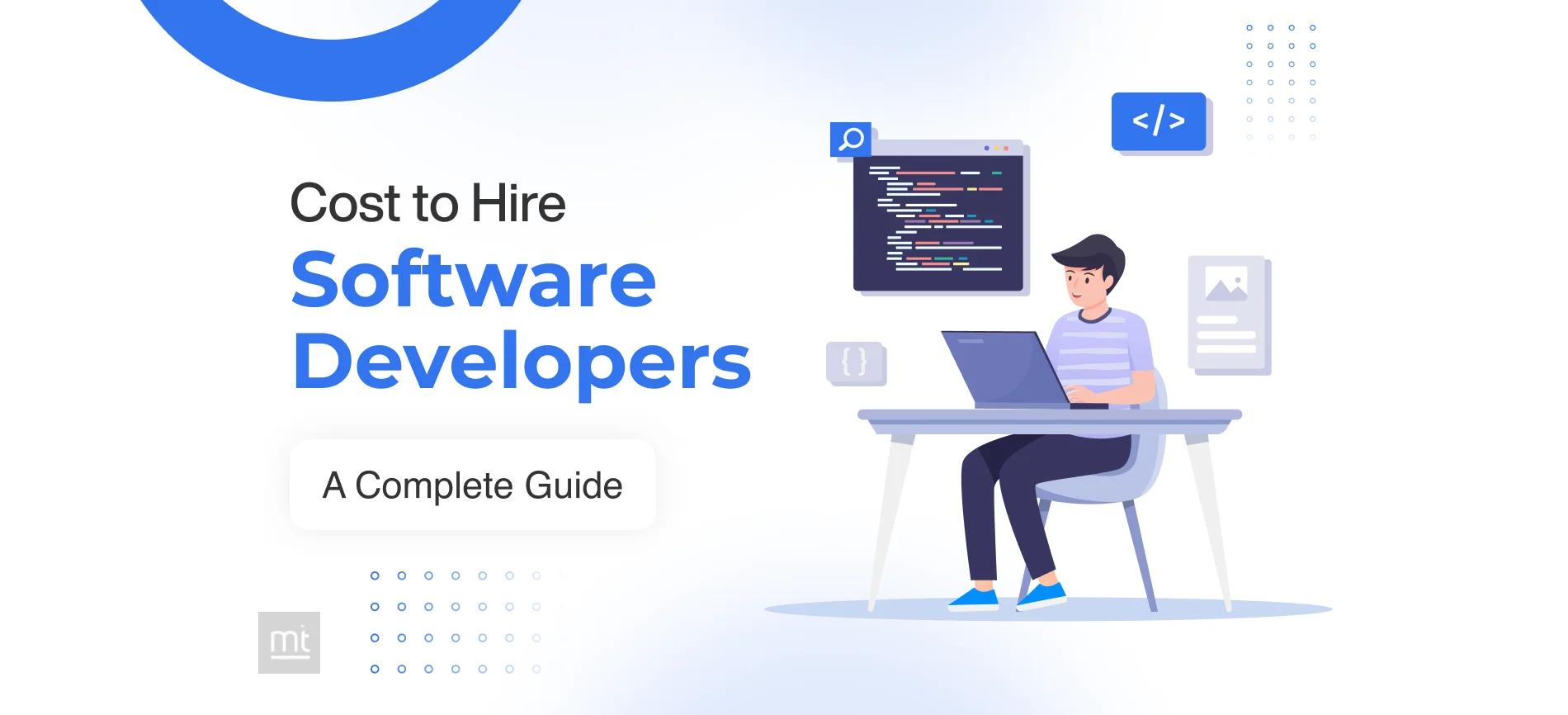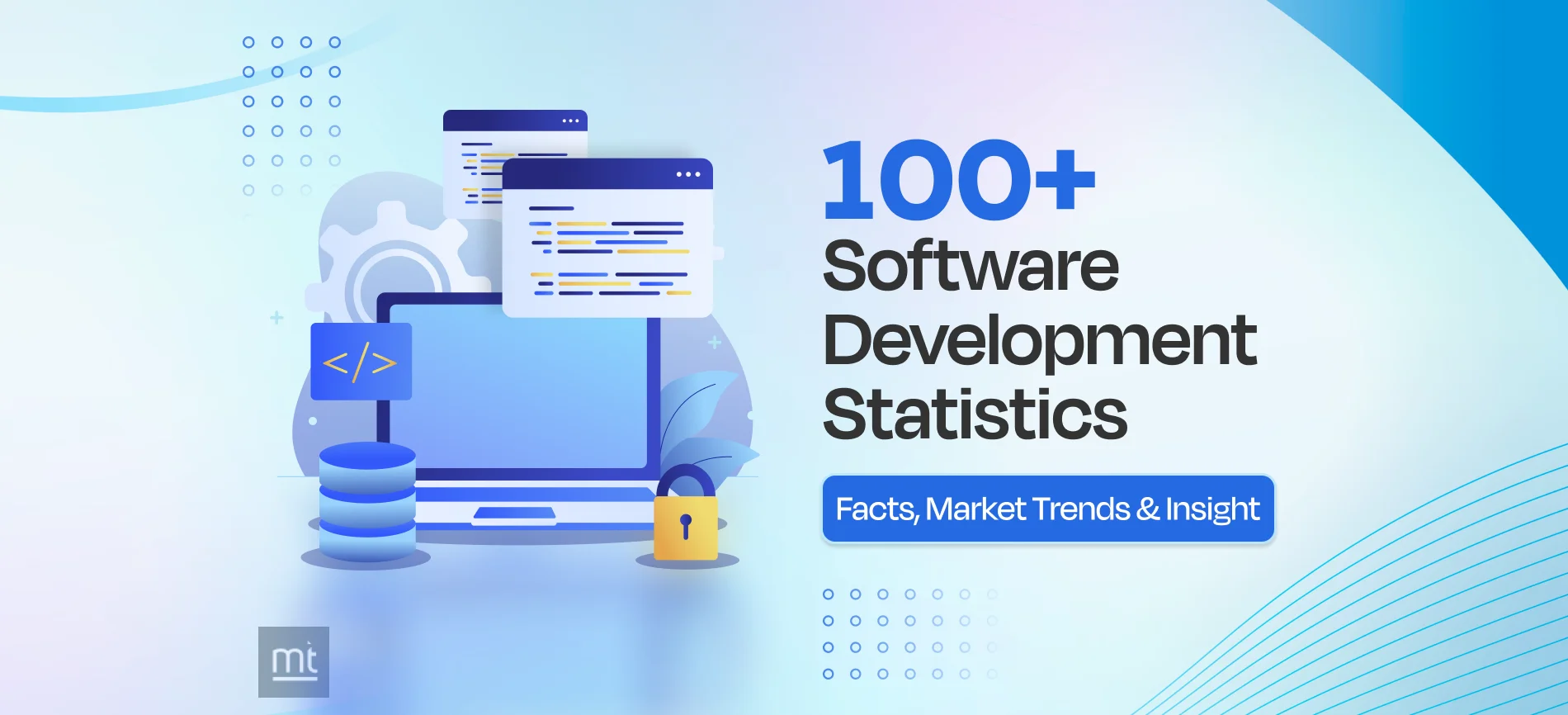Get 40 Hours of Risk-Free Development, Try Before You Hire. Click Here to Claim Now
Introduction:
"If you fail to plan, you are planning to fail."
Benjamin Franklin's this quote is applied to make a variety of decisions, including software development.
Without deep technological knowledge and a proper strategy, even the most advanced technologies can not guarantee the relevant performance.
However, today, we built complex software systems thanks to the relentless advancement of website development tools unthinkable a few decades ago.
These days a variety of Software Development Life Cycle methodologies are used to guide professionals through project-based work.
This article will look at the various SDLC models, their advantages and disadvantages, and when one should use them.
What Is The Software Development Life Cycle?
The software development life cycle allows people to understand how software is created.
SDLC Models can be thought of as tools for improving the delivery of your software project. As a result, knowing and recognizing each model, when to use it, and the advantages and disadvantages of each is critical in determining which one is appropriate for the project context.
Top 5 Software Development Life Cycle Models/Methodologies
The main advantages and disadvantages of five of the most popular SDLC methodologies are listed below.
#1. Waterfall Model

The waterfall methodology is the oldest of the formal SDLC methodologies. It's a step-by-step model that separates software development into distinct phases. Each phase has to be completed before another one can begin, and the phases must not overlap.
If you are looking for a web development company that can develop a simple and straightforward model with no extra features, ManekTech is the right choice.
When to use the Waterfall Model?
The Waterfall model can be used when:
- Requirements don't change frequently.
- The application is not difficult to use.
- The technology and tools employed are not dynamic but relatively constant.
Advantages of Waterfall-Model
- Suitable for smaller projects with well-defined specifications.
- Until completing each level, it runs a quality assurance test.
- At any stage of the SDLC, detailed documentation is generated.
- Aids in the planning and scheduling of the project.
- Early identification of errors is ensured by verification at each time.
Disadvantages of Waterfall-Model
- It's not an ideal model for a complicated project with a lot of requirements that change regularly.
- Testers need to invest a lot of their valuable time in documentation.
- Tiny tweaks or bugs in the finished software can cause a slew of issues.
#2. V-Shaped Model

The Verification or Validation Model evolved from the Waterfall Model. It is distinguished by a testing process for each stage of progress. Each level, like Waterfall, starts once the preceding one has ended.
The V-Shaped model is helpful when there are no uncertain requirements.
When to use the V-Shaped Model?
The V-Shaped model can be used when:
- There are plenty of technological resources available, as well as the necessary technical skills.
- Requirements are well-defined and set in stone.
Advantages of V-Shaped Model
- Simple and straightforward to use.
- Testing tasks take place before coding.
- Early detection of errors.
- It prevents defects from flowing downward.
- It's ideal for small projects with detailed specifications.
Disadvantages of V-Shaped Model
- Extremely rigid and inflexible.
- There are no early versions of the software.
- If any changes occur, the test and required documentation must be revised.
#3. Incremental Model

An incremental model is a software development framework in which specifications are subdivided into several separate software development modules.
And once all of the system's designed usability has been introduced, each subsequent release adds functionality to the previous release.
When to use the Incremental Model?
The Incremental model can be used when:
- The system's requirements are well known
- There is a demand for a product's early release
- The software engineering team is under-skilled and under-trained
Advantages of Incremental Model
- Early in the product lifecycle, the software produces market value.
- By adequately defining increments, you can make better use of limited resources.
- Can satisfy specific requests for changes in between increments
- This approach is based on consumer value.
- It reduces the cost of making changes.
Disadvantages of Incremental Model
- It necessitates a lot of paperwork.
- It follows a series of well-defined procedures.
- It may be challenging to divide the roles and features
#4. Spiral Model

The Iterative/Incremental Model inspires the Spiral Model. Before the project is completed, it passes through four phases in a "spiral," allowing for many rounds of adjustment.
This model facilitates the development of a highly customized product that incorporates consumer feedback from the outset.
When to use the Spiral Model?
The Spiral model can be used when:
- The project is massive
- The releases are regular, and the spiral technique is employed
- It's crucial to assess the risks and costs
Advantages of the Spiral Model
- You can add features or make adjustments.
- Since the prototype is built in small pieces, cost estimation is easy.
- Risk management is aided by continuous or repeated growth.
- The features are added systematically.
- There is still space for customer input.
Disadvantages of the Spiral Model
- There's a chance you won't make it on time or within budget.
- It does necessitate risk management skills.
- Small projects with limited resources cannot afford it.
#5. Agile Model

The Agile Model segments the product into cycles that quickly generate a working product and is widely regarded as a viable development technique.
The Model launches new versions regularly, each with slight tweaks to the previous version. After each test, the product is evaluated.
When to use the Agile Model?
The Agile model can be used when:
- It is necessary to make new improvements
- Developers must implement new functionality
- There are high-risk features and objectives involved
Advantages of the Agile Model
- High rate of customer satisfaction.
- Priority is given to people over processes and resources.
- Working software is regularly evaluated.
- Consistent emphasis on technological adequacy and design.
- It adapts to changing conditions regularly.
Disadvantages of the Agile Model
- The importance of required design and documentation is undervalued.
- If the potential customer is unclear about the result, the project will quickly derail.
- Only experienced programmers can make the kinds of decisions that are needed during the development.
Which SDLC Methodology Is Suitable For You?
Each of the mentioned SDLC models has its mechanism for dealing with the various project challenges you'll face in the software development phase.
Identifying the perfect one is highly dependent on the desired result as well as the project's parameters.
A thorough understanding of the software development life cycle is needed. Models will assist someone who wants to build unique software while still making the most of their resources.
A well-chosen SDLC Model will allow you to quickly assess the current state of your project and identify potential changes to the development process.
We are an AngularJS development company and software development company based in the USA and the UK. We also provide mobile application development services in the USA and worldwide.
Subscribe to Our Newsletter!
Join us to stay updated with our latest blog updates, marketing tips, service tips, trends, news and announcements!




















